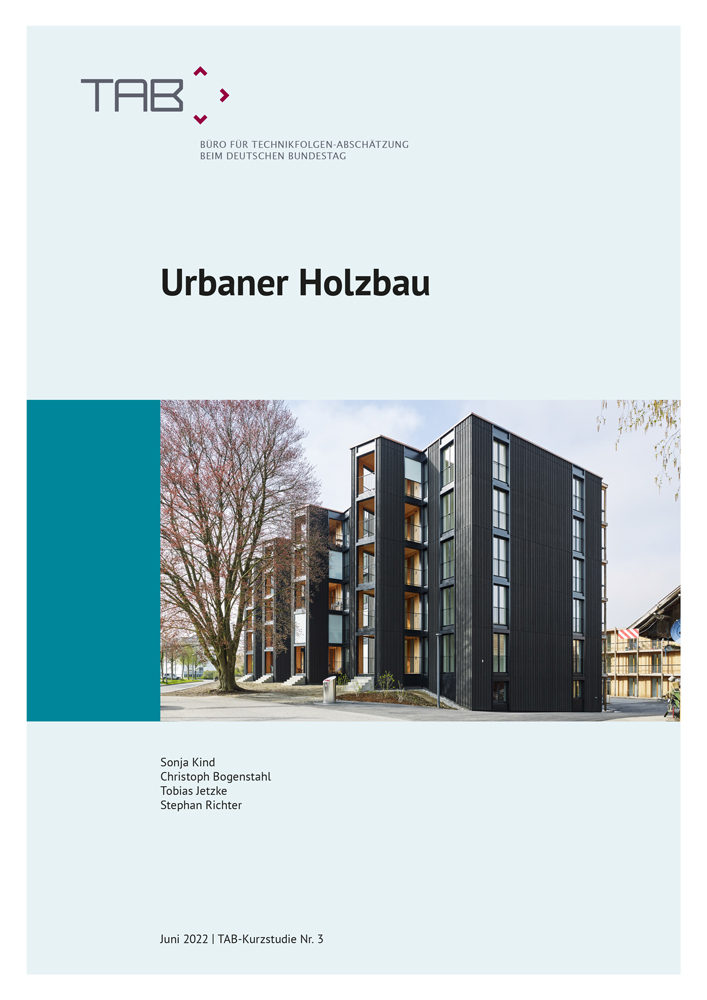Urban timber construction in Germany: status quo and future prospects
Until the 1990s, timber houses were predominantly erected in rural regions or near urban fringes as detached or semi-detached houses. Only recently have we seen a renaissance and further development of timber construction. Due to the further development of building regulations and laws, especially in the context of fire protection, as well as the stronger orientation of society and politics towards sustainability aspects in the building industry, timber construction has been increasingly used in inner-city construction for some years now.
The motives for building with wood are, on the one hand, ecological advantages (e.g. better CO2 balance) compared to conventional concrete buildings. Moreover, building components can be prefabricated easily and thus enable faster construction with up to 80 % less construction site traffic. The high vibration capacity of wood also increases the earthquake resistance of the houses, which is relevant in many (world) regions. On the other hand, there are still difficulties in meeting fire protection requirements and more complex approval procedures in the planning and realisation of timber buildings.
Particularly in the area of renovation of existing buildings - this includes construction measures for conversion, adding storeys and redensification - timber construction is gaining in importance. Wood is also becoming increasingly suitable for multi-storey buildings. Wooden houses with five to seven storeys or more are now being built.
TAB Short Study No. 3 provides an overview of the status quo and perspectives of urban timber construction in Germany as well as the relevant framework conditions, actor landscape and value chain. The focus is on the analysis of promoting and hindering factors in the different spheres of influence society, economy, technology, politics and law as well as environment.
Key results are presented on the project page.
12.01.2023
Download and further information
- TAB-Kurzstudie Nr. 3 (only in German)
Urbaner Holzbau - Projektseite

